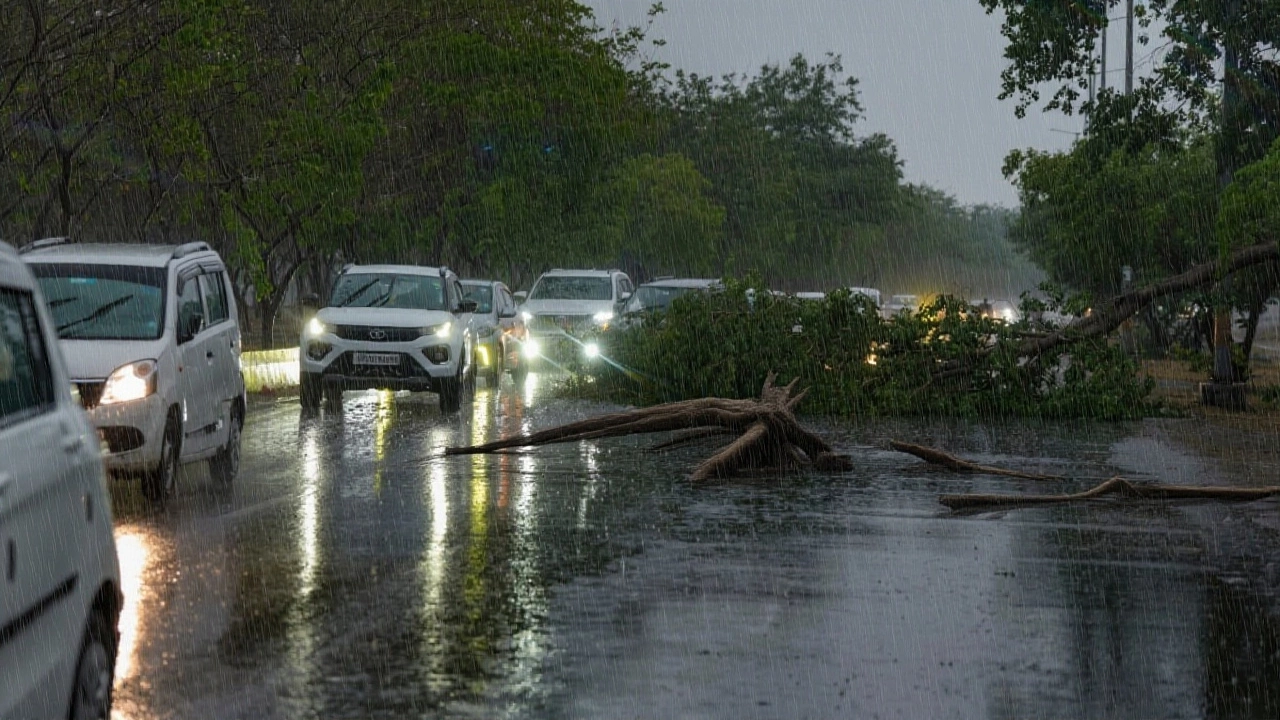Western Disturbance Explained: Why It Matters for Your Day‑to‑Day
Ever wondered why December mornings in Delhi feel chilly and sometimes bring sudden rain? That’s usually a western disturbance at work. It’s a weather system that moves from the Mediterranean across Pakistan into India, dropping moisture on the northern plains during winter. Understanding it helps you plan trips, protect crops, and avoid getting caught in a surprise downpour.
How a Western Disturbance Forms
Think of a western disturbance like a breeze that picks up speed over the sea. Cold air from the west meets warm, moist air over the Arabian Sea. This clash creates low‑pressure zones that travel eastwards. When the system reaches the Himalayas, it lifts the air, cools it, and releases rain or snow on the foothills and plains below. The whole process can take a few days, and the same system might bring light rain one day and heavier showers the next.
These disturbances are most common between November and February. They are stronger when the jet stream stays low over the region, pulling the system further inland. That’s why you often see fog in Punjab, a drizzle in Uttar Pradesh, and occasional snowfall in Kashmir all at the same time.
Practical Tips to Deal with Western Disturbance Weather
First, check the local forecast early in the morning. Apps and weather websites usually flag a western disturbance with terms like “Western Disturbance Alert” or “Winter Rain Expected.” If you’re heading out, carry a light waterproof jacket and a warm layer – the temperature can drop quickly after the rain stops.
Farmers, pay special attention to soil moisture. A gentle drizzle can be beneficial for wheat and mustard, but heavy rain can damage seedlings. Using a simple rain gauge in the field helps you decide whether to delay sowing or protect young plants.
Travelers should watch road conditions, especially on highways that cross the Indo‑Pak border or run near the Himalayas. Waterlogging can happen fast, and visibility drops with fog. If you’re driving, keep headlights on low beam and reduce speed.
Lastly, for health‑conscious readers, a western disturbance brings cooler air that can trigger colds. Keep a stock of warm drinks, and consider a humidifier at home if indoor air gets too dry.
In short, a western disturbance is a seasonal weather pattern that brings much‑needed winter rain to northern India. By knowing how it forms and staying prepared, you can turn a potentially inconvenient rain into an advantage for farming, travel, and everyday comfort.

IMD Issues Red Rain Alerts for Gujarat as Heavy Storms Sweep East India
IMD warns of red rain alerts for Gujarat's Gir Somnath, Junagadh and Porbandar districts as a Bay of Bengal depression brings heavy storms to East India, while Maharashtra faces light showers.
read more